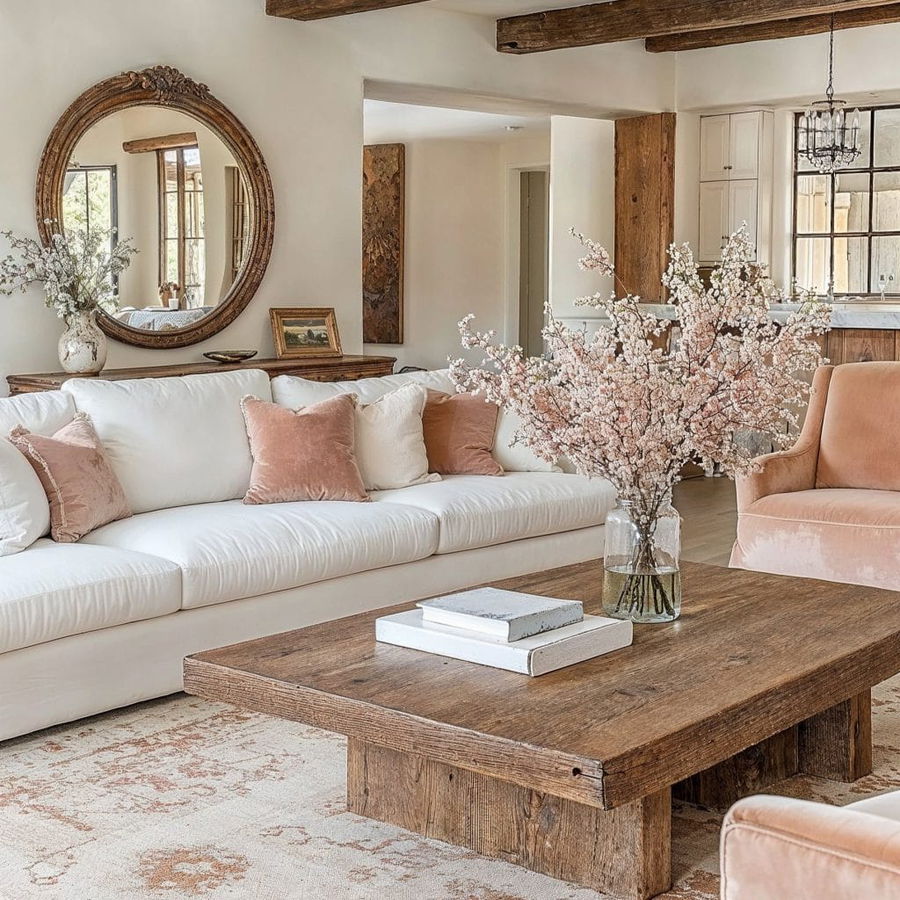
What if your home could be stylish and sustainable at the same time? How much of what you own is actually necessary? Eco-friendly design and keeping the environment in mind doesn’t mean compromising aesthetics—it means making smarter choices that last.
1. Handmade Pieces with a Story
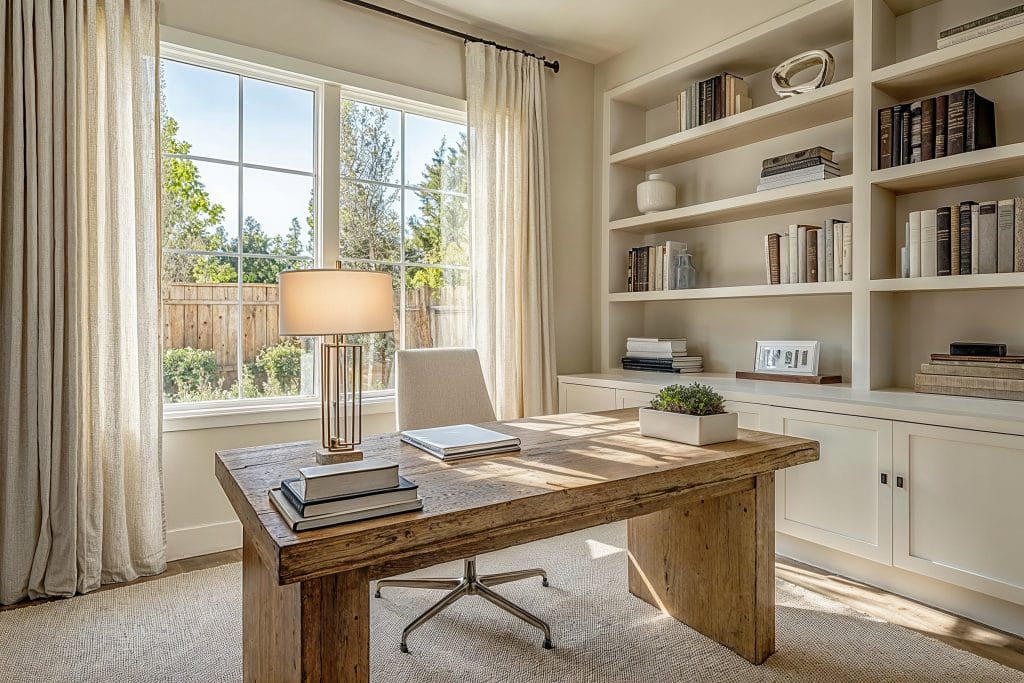
The mass-produced decor has its place in interior design, but craftsmanship carries a depth that factory lines can’t replicate. A ceramic bowl shaped by hand, a woven rug dyed with natural pigments, or a wood-carved side table with visible chisel marks—these pieces do more than decorate. They preserve traditions, reduce the carbon footprint associated with mass manufacturing, and keep money circulating within communities.
Look for artisans in your area or explore online marketplaces like Etsy. Many artists incorporate sustainable materials such as reclaimed wood or plant-based dyes, making each purchase a step toward eco-friendly design.
Pro Tip: When buying handmade items, ask about materials. Some artisans use upcycled metals, FSC-certified wood, or organic fabrics, which further reduce environmental impact.
Looking for eco-friendly design tailored to your taste? Try our Free Interior Design Style Quiz to discover your ideal style today!
2. Secondhand, First Choice
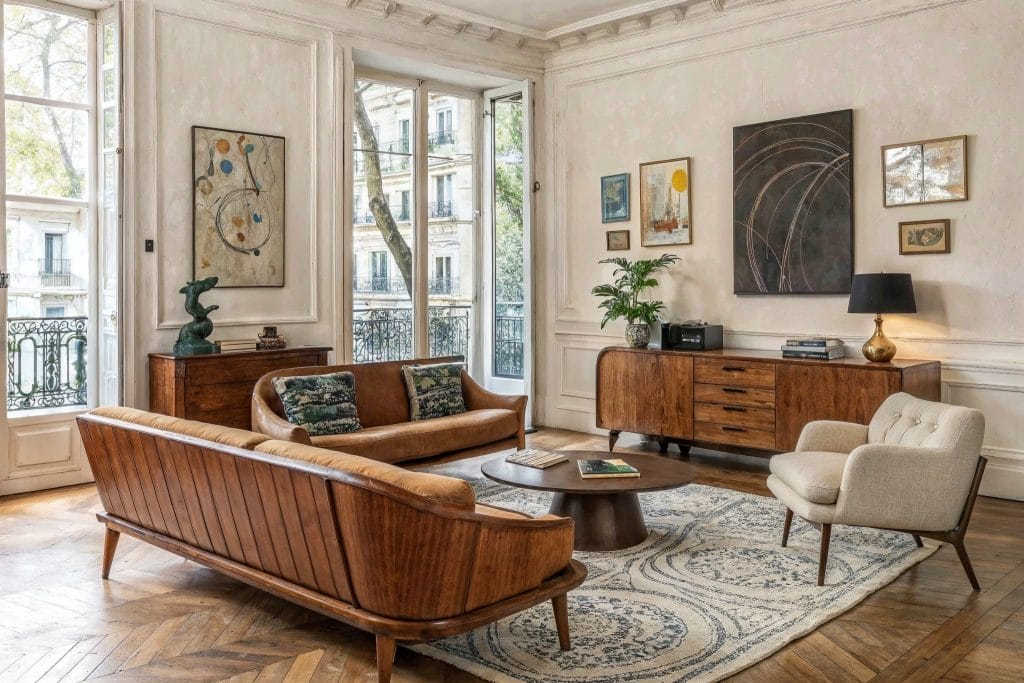
A table from a thrift store, a vintage dresser from an estate sale, or a mid-century chair from an online resale shop? Each such piece brings you one step closer to sustainable interior design, bypassing landfills and sidestepping the emissions-heavy process of manufacturing new furniture. Older furniture often boasts solid craftsmanship, built to endure decades rather than seasons.
The abundance of online marketplaces simplifies secondhand shopping, offering curated collections of high-quality used pieces. Refinishing or reupholstering can refresh a worn look without discarding functional furniture. These choices reflect sustainable home decor, extending the life cycle of well-made pieces.
Pro Tip: Look for solid wood rather than veneer, as it’s easier to repair, refinish, and repurpose.
3. Rent Instead of Own
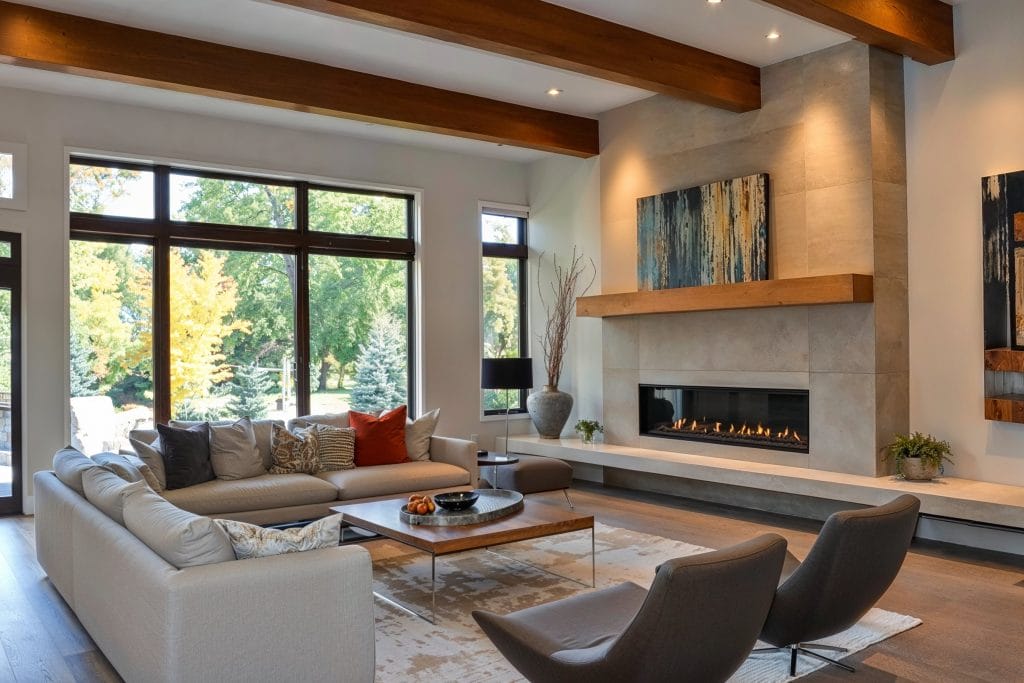
If commitment to a single style feels restrictive, renting furniture can be a flexible alternative. Look for companies that allow customers to swap out pieces as needs evolve. This model prevents waste by keeping furniture in circulation rather than discarding it when styles change.
Rental services are especially useful for those living in temporary spaces or testing out new layouts before investing. Instead of rushing into purchases, homeowners can experiment with arrangements and aesthetics without adding to landfill waste.
Pro Tip: Some rental companies offer refurbished pieces rather than new inventory, further reducing resource consumption.
4. Choose Mindfully, Buy Thoughtfully
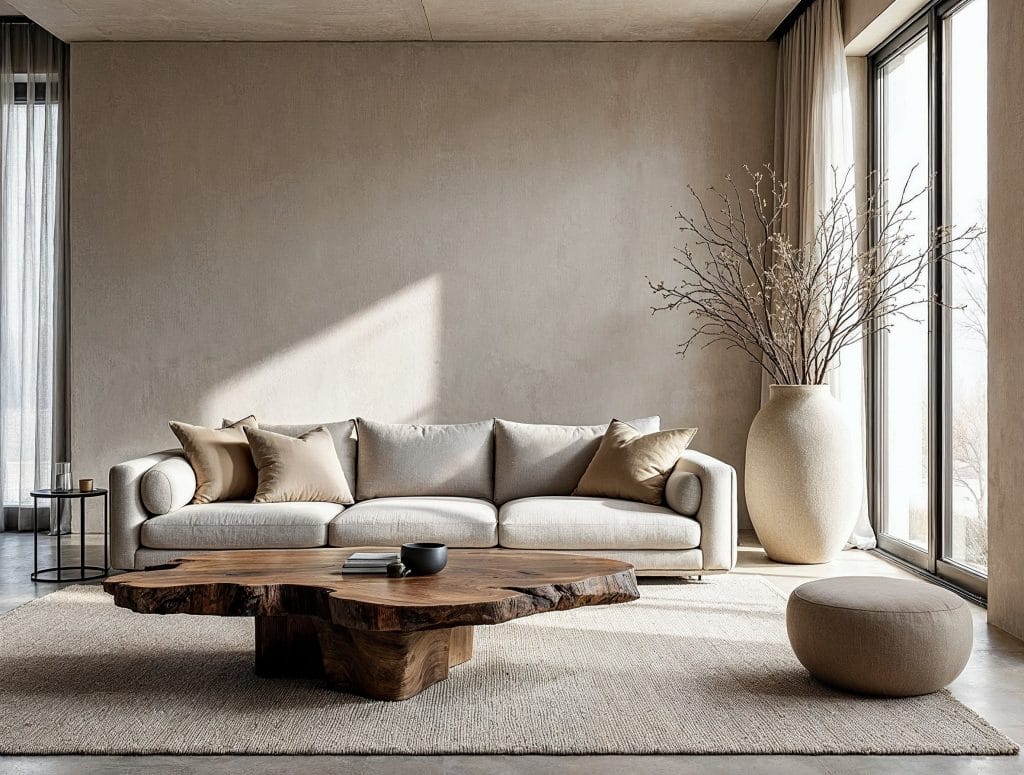
Every item has an origin—some more ethical than others. A teak table sourced from illegal logging or a couch filled with synthetic foam treated with harmful chemicals may look good but come at a steep environmental cost. Labels matter: FSC-certified wood, OEKO-TEX-certified textiles, and Greenguard-certified furniture indicate lower emissions and responsible sourcing.
Many mainstream retailers like West Elm, Crate & Barrel, and IKEA now offer eco-friendly design collections, proving that sustainability isn’t limited to niche markets. Researching brands before purchasing ensures that money supports responsible production rather than exploitative practices.
Pro Tip: When shopping for upholstery for your eco-friendly interiors, opt for natural latex foam over petroleum-based foam. It lasts longer and avoids toxic off-gassing.
5. DIY: The Power of a Makeover
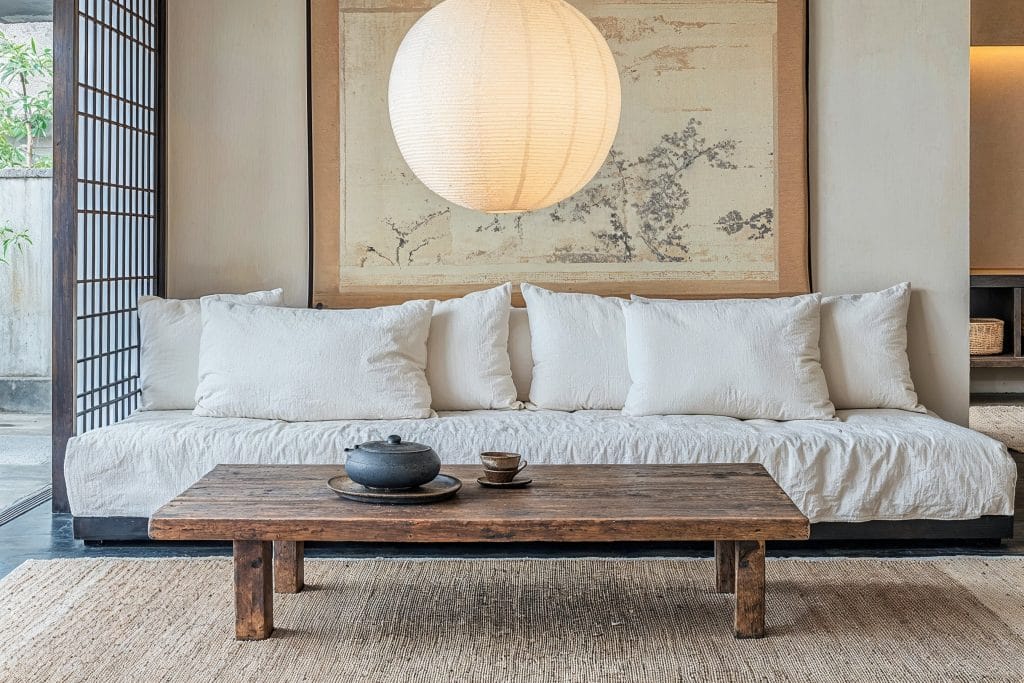
Not everything needs to be new. Sometimes, a fresh coat of paint, new hardware, or reupholstery can give a tired piece new life. Sanding and re-staining a dresser, swapping out cabinet handles, or turning an old ladder into a bookshelf reduces waste while adding character to a home.
Refurbishing isn’t just about preservation—it’s about customization. An old table painted in a matte green finish or chairs wrapped in linen can transform a space without a single new purchase. Online tutorials make complex projects accessible, whether it’s reupholstering an armchair or refinishing wood furniture. These DIY efforts contribute to green interior design, reducing unnecessary production and waste.
Pro Tip: When painting furniture, choose low-VOC or VOC-free paints to avoid indoor air pollution.
6. Rethink Textiles and Soft Furnishings
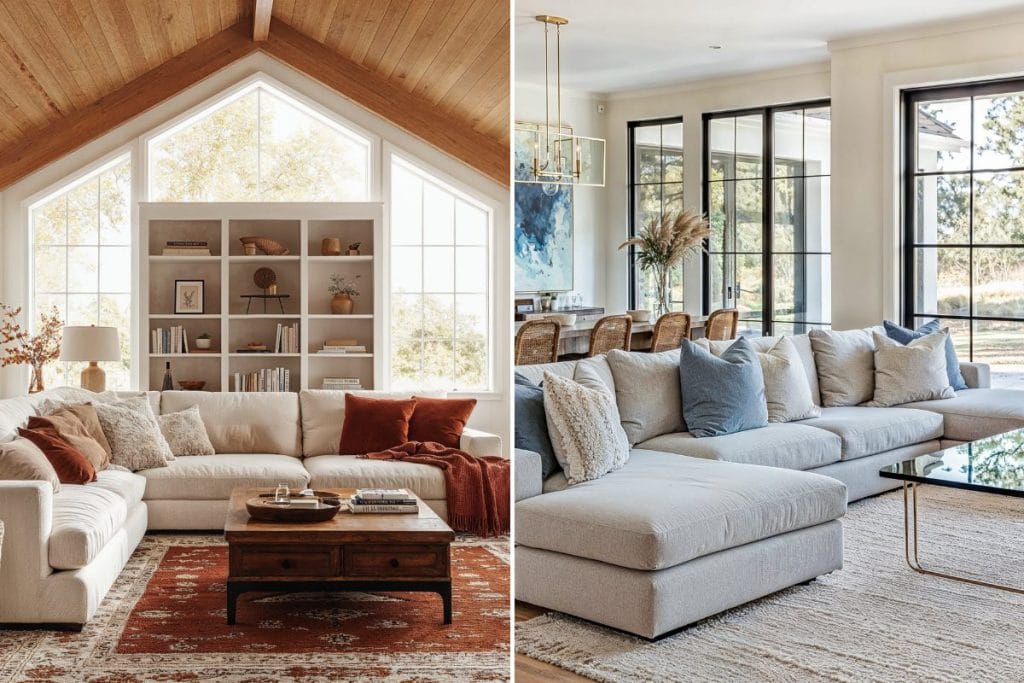
Synthetic fabrics shed microplastics into the environment, contributing to ocean pollution. Swapping out polyester curtains for organic cotton or linen, choosing wool rugs over polypropylene, and investing in hemp-blend upholstery minimizes waste and promotes better air quality.
Moreover, eco-friendly decoration should support your own health as much as the planet’s. Bedding and upholstery treated with flame retardants or chemical dyes often release volatile organic compounds (VOCs) over time, impacting indoor air. Organic and undyed fabrics are a better choice for reducing exposure to these harmful substances.
Pro Tip: Look for Global Organic Textile Standard (GOTS) or OEKO-TEX labels to ensure that textiles are free from harmful chemicals.
7. Invest in Timeless, Not Trendy
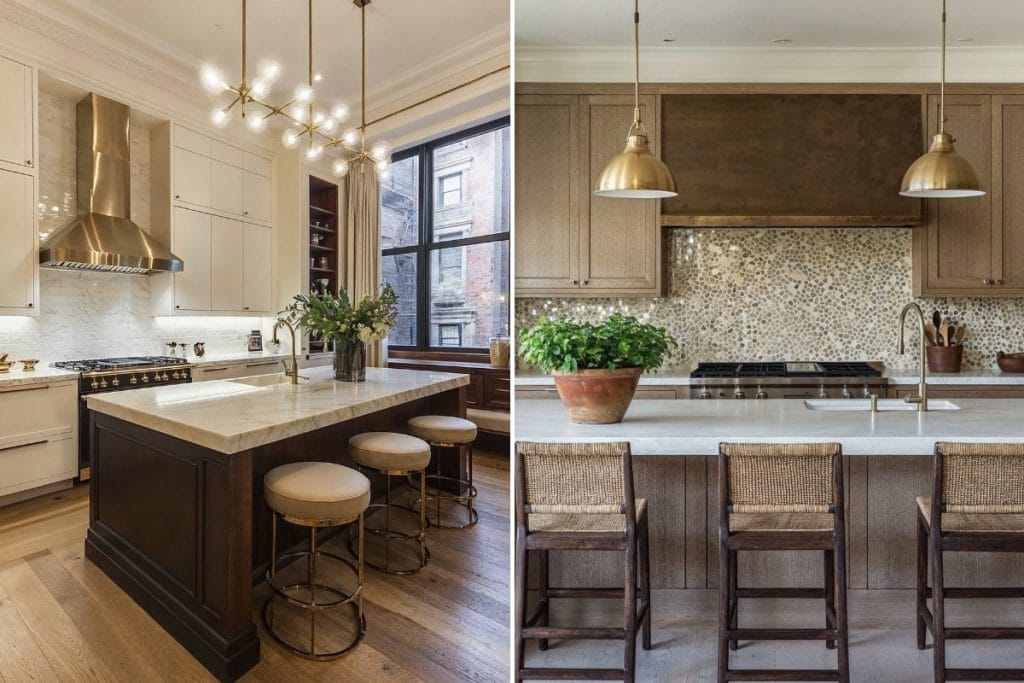
Much like fast fashion, fast furniture cycles through trends encouraging disposal over longevity. A well-made sofa in a classic shape, a neutral-colored rug, or a wooden dining table with simple lines won’t need replacing every few years. Investing in quality ensures pieces remain functional and stylish for decades rather than seasons.
Avoid impulse purchases that cater to fleeting trends. A rattan chair may be fashionable today but could feel outdated in a year. Instead, prioritize materials and designs with lasting appeal. Eco-friendly design thrives on durability rather than disposability.
Pro Tip: When unsure about a purchase, wait a month. If you still want it, it’s likely a long-term investment rather than a passing impulse.
8. Low-Waste Packaging and Delivery
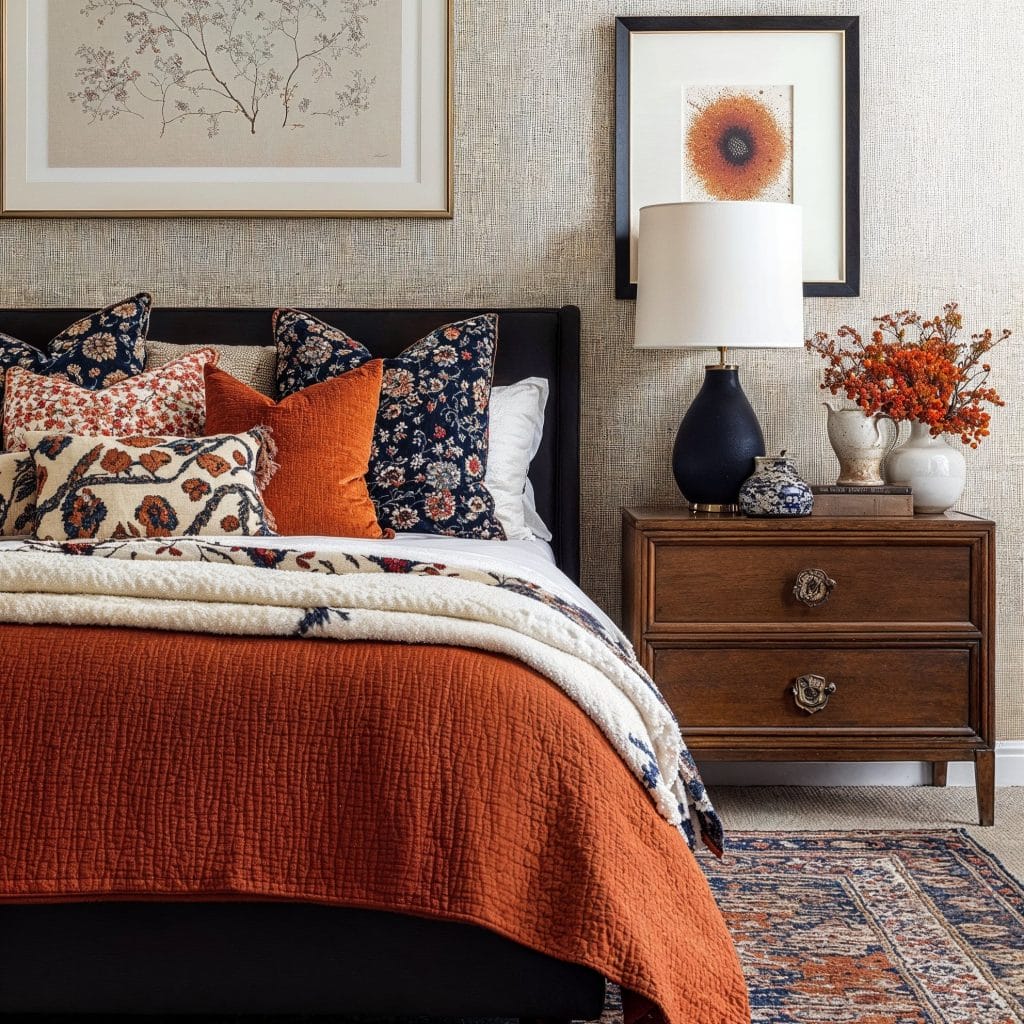
Sustainability isn’t just about the product—it’s about how it arrives. Large furniture orders often come wrapped in layers of plastic, styrofoam, and unnecessary cardboard. Some retailers now offer minimal or returnable packaging options, cutting down on waste.
Local purchases reduce the environmental cost of long-haul shipping. Choosing brands that source and manufacture domestically cuts emissions significantly. Many companies also use carbon offset programs to neutralize the impact of delivery.
Pro Tip: Ask retailers if they offer bulk shipping or consolidated packaging to minimize waste.
9. Energy-Efficient Lighting and Appliances
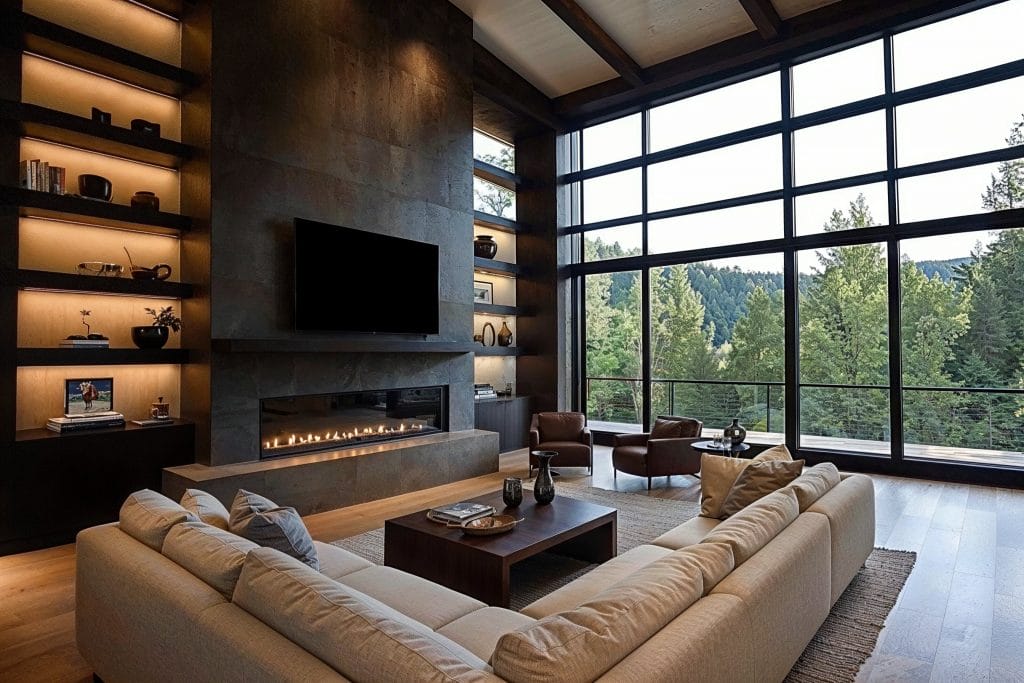
Lighting sets the mood, but outdated bulbs and inefficient fixtures drain energy. LED bulbs use 75% less electricity and last longer than traditional incandescent bulbs. Dimmable options, motion sensors, and smart lighting systems go hand-in-hand with eco-friendly design.
Appliances with Energy Star certification consume less power and water, making them a worthwhile investment for both sustainability and long-term cost savings. A refrigerator or washing machine built for efficiency pays off in reduced utility bills and a smaller carbon footprint.
Pro Tip: Choose warm-colored LED bulbs over cool ones for a softer, more natural light that mimics daylight.
10. Bring Nature Indoors
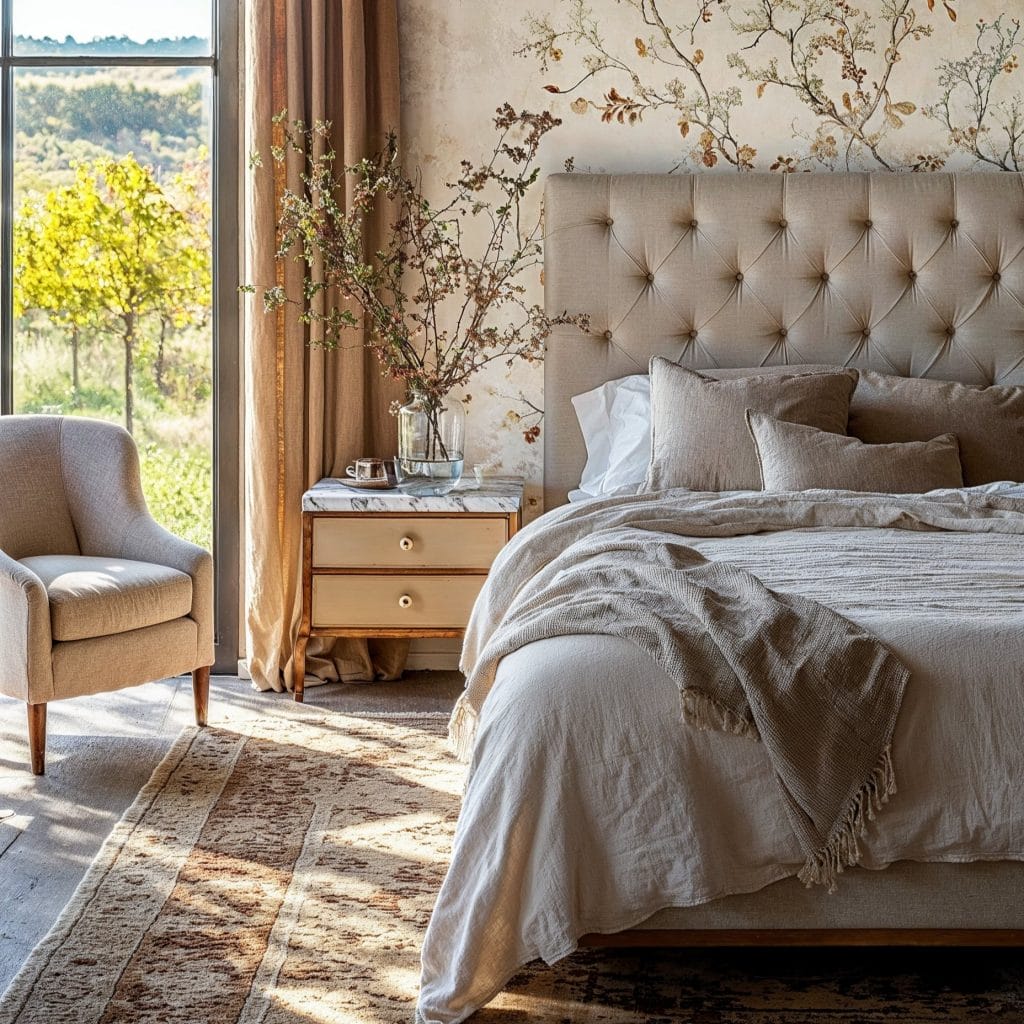
Indoor plants aren’t just decorative—they improve air quality by absorbing toxins and releasing oxygen. Certain varieties, such as snake plants, peace lilies, and rubber plants, filter indoor pollutants while thriving in low-maintenance conditions.
Living walls or vertical gardens maximize greenery in compact spaces. Beyond aesthetics, plants create a connection to nature, making your eco-friendly interiors feel more grounded and calming. Choose locally grown plants over imported varieties to reduce environmental impact further.
Pro Tip: Skip plastic pots. Opt for terracotta, ceramic, or biodegradable planters instead.
Need help curating an eco-friendly design that balances beauty with sustainability?
Work with an interior designer who understands how to make every choice count. Book your Free Online Interior Design Consultation to get started today!








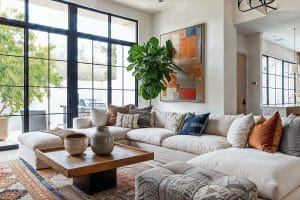
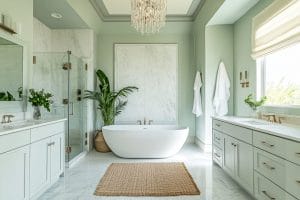

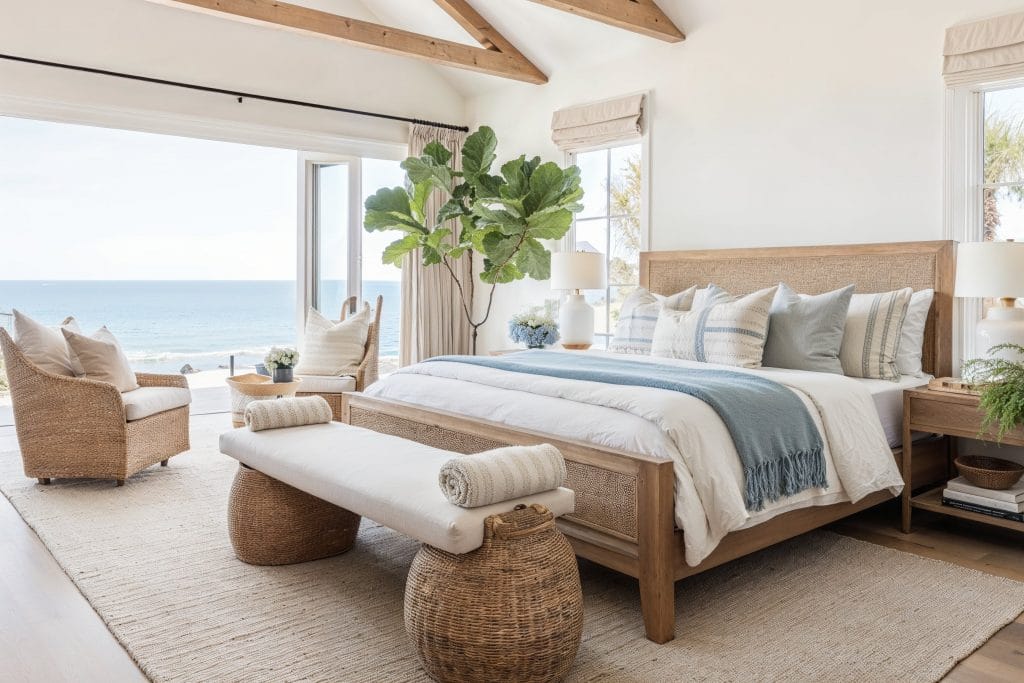
Comments
1 Comment
Most Voted
8 years ago
[…] pieces from environmentally conscious online brands is one of several ways to create a sustainable interior design. The living room statement piece is a Bennet sofa from eco-friendly Mitchell Gold + Bob Williams […]
[…] pieces from environmentally conscious online brands is one of several ways to create a sustainable interior design. The living room statement piece is a Bennet sofa from eco-friendly Mitchell Gold + Bob Williams […]